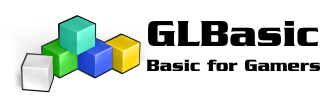WebOS
In the site http://reviewtomail.com/ you can enter your app id and email and they will sent you a daily report with all your WebOS App review.
Free
iOS
AppAnnie is a great service: get detailed reports of your iOS downloads, chart positions, comments and much, much more. Get a daily report by email also.
http://www.appannie.com
This service is a MUST for anu iOS developer out there.
Android
AppAnnie has been updated to support Android numbers also.
In the site http://reviewtomail.com/ you can enter your app id and email and they will sent you a daily report with all your WebOS App review.
Free
iOS
AppAnnie is a great service: get detailed reports of your iOS downloads, chart positions, comments and much, much more. Get a daily report by email also.
http://www.appannie.com
This service is a MUST for anu iOS developer out there.
Android
AppAnnie has been updated to support Android numbers also.

 autoquit.
autoquit.


